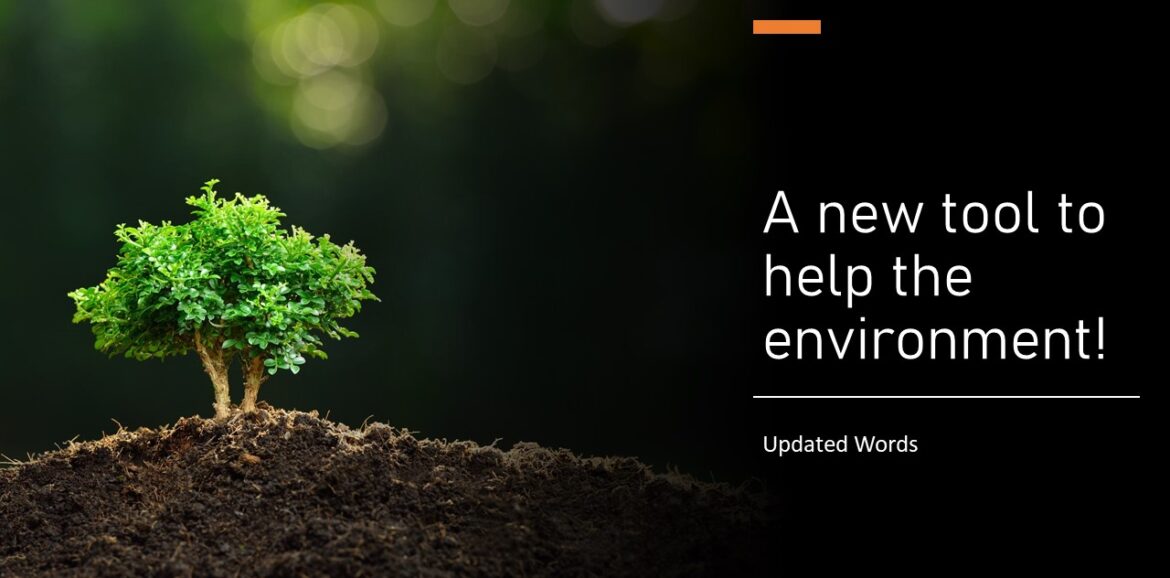A new tool to help the environment. Another positive step for aviation and Boeing in particular. The American plane manufacturer published a press release in May, that it has launched a tool called Cascade, that will help to model the impact of several sustainability solutions for aviation. This tool is available on Boeing’s new Sustainable Aerospace Hub.
What is Cascade?
This tool named Boeing Cascade Climate Impact Model, simply known as Cascade is a dynamic modelling tool that help airlines measure and quantify the power of their major strategies to reduce carbon emissions. The tool examines all sorts of energy sources in their full life cycle quantifying their ability to cut carbon emissions. According to the article, this tool can also take into account other factors like fleet renewal, operational efficiency, renewable energy sources, future aircraft in the market and produce market-based measures to decarbonise aviation.
This tool can be very useful for the industry as it helps model possible scenarios and plan for a greener future.
What has been found so far
The article talks about the assessments made by Cascade and what the tool has found so far. Without a doubt, fuel and energy efficiency will be the key to the success of this mission to achieve net zero emissions. Cascade found that this goal is highly dependent on the way we transition to new sources of energy. Regardless of the source itself, which can be SAF, hydrogen or electricity, we must minimise the emissions produced in the full life cycle of these fuels, from their production, distribution and storage.
It was also found that SAF plays a major role in this mission because it can be used in existing planes and that way help reduce the emissions produced by those planes. This is particularly important because these aircraft are likely to be in service maybe beyond the 2040s, the article says, so if we want to reduce their emissions we must use SAF.
Further reductions will possibly come in the future with the introduction of hydrogen and electricity to power aircraft. Although these will require massive changes in infrastructure for airports. Once settled it will reduce emissions even further. Aircraft will also be more fuel efficient and green, so they will also help reduce emissions when airlines eventually change their fleets.
We have seen these changes happening in the airlines of today, the aircraft flying today are way more fuel efficient and greener than the ones we had one or two decades ago, I believe the trend will continue and in decades to come we will have much better aircraft helping aviation reach its target zero. Until then, stakeholders can use Cascade to model and plan their changes for a better future.

